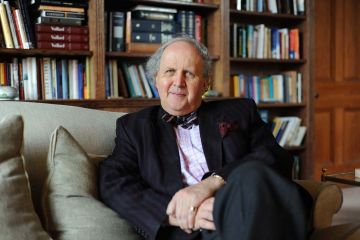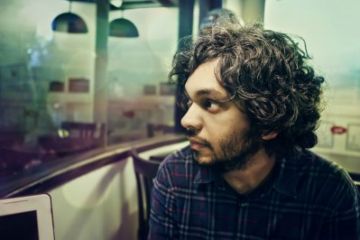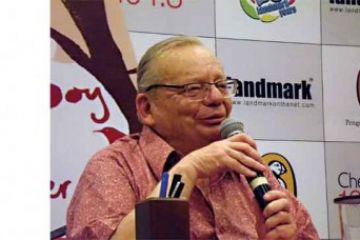
Two young Goans fall
in love as they wander in and out of bookshops—a pretty girl and a dapper young
man who buys flowers for all the women in his office. They date for far longer
than is respectable, and eventually build a family in a tiny flat in Bombay. The
dapper young man becomes The Big Hoom, keeper of the family, while the pretty
girl becomes the unpredictable Em, a woman who makes cancer disappear, a woman
who says the funniest and unkindest things, who says the most profound and





